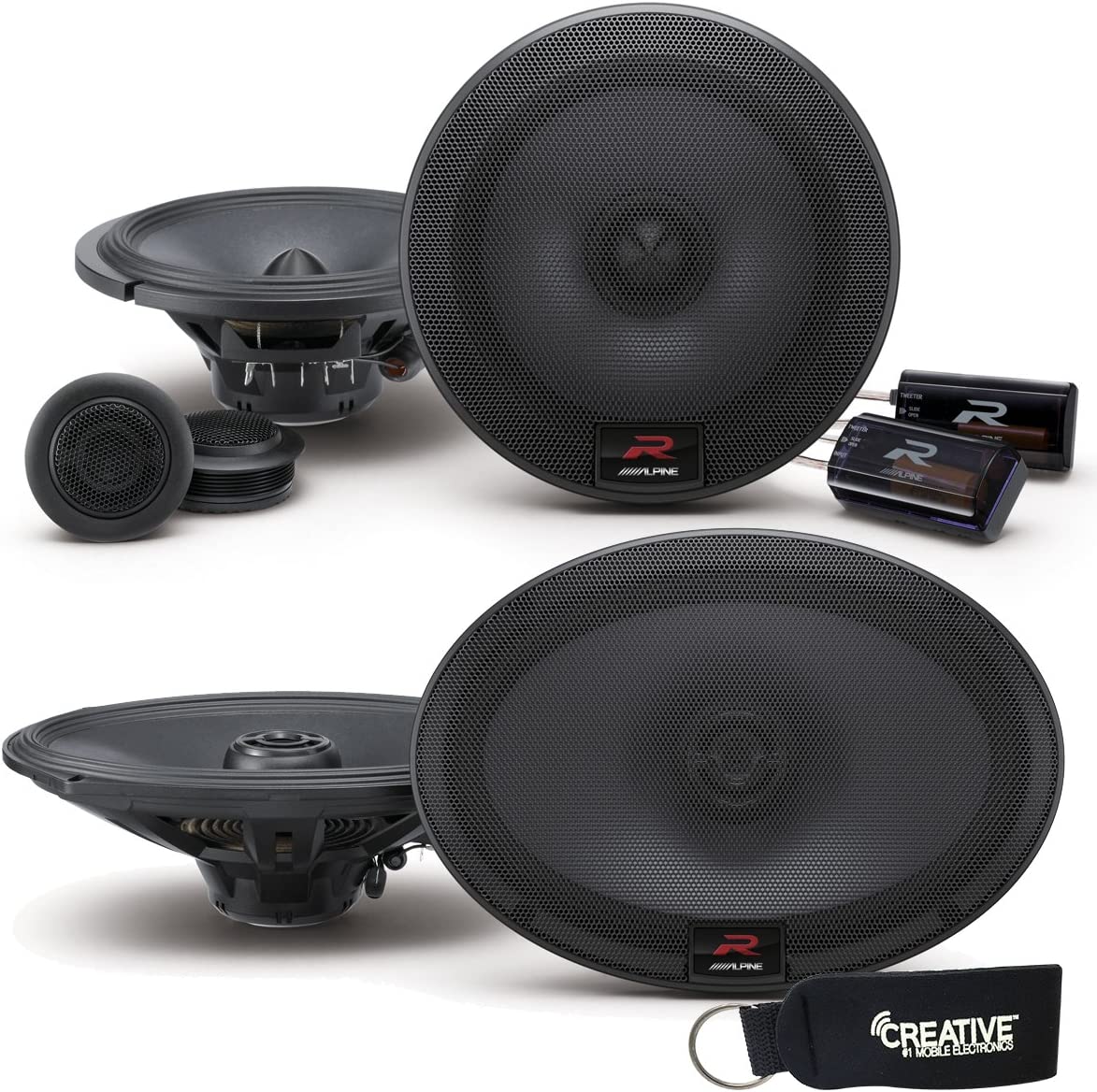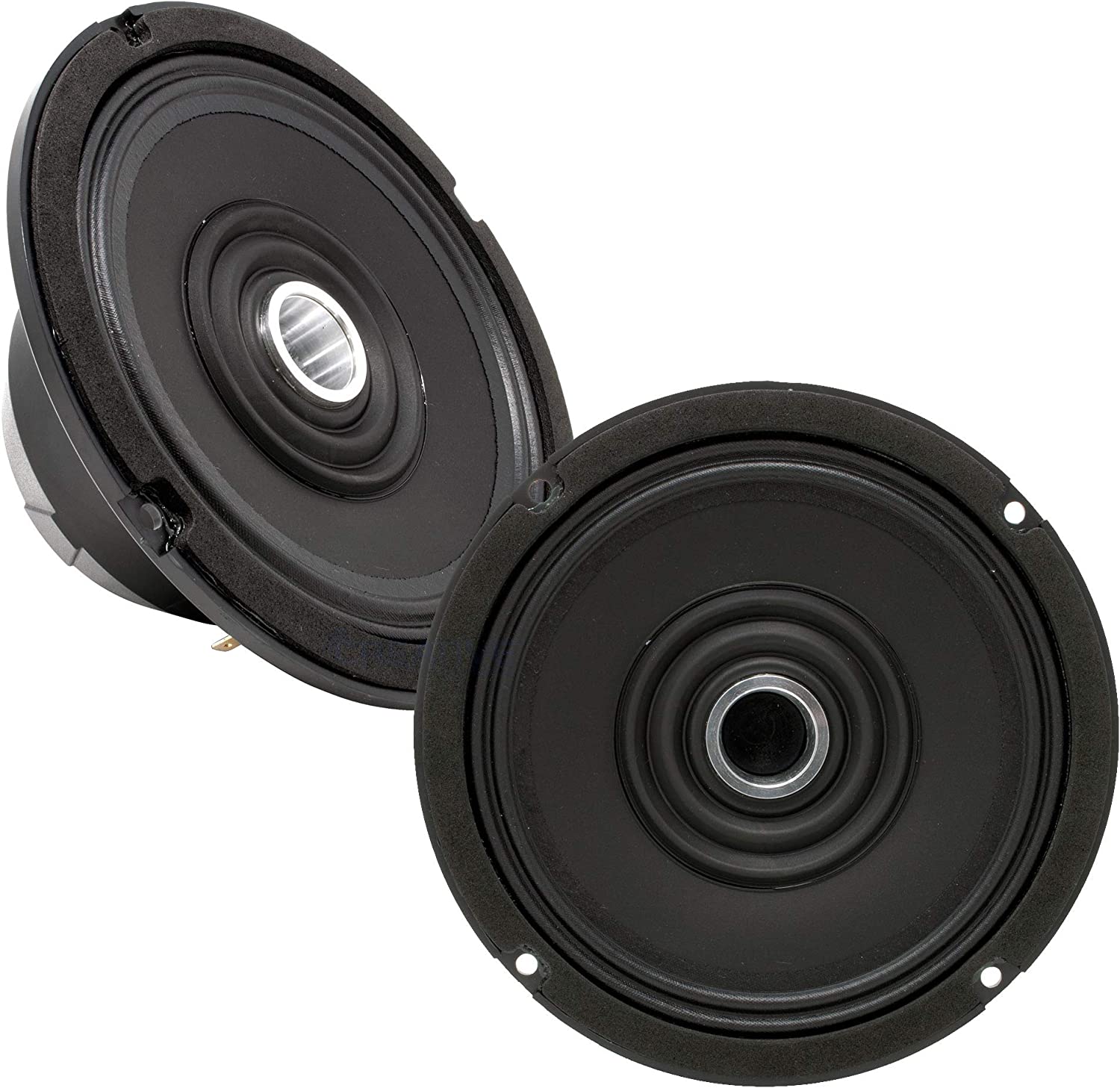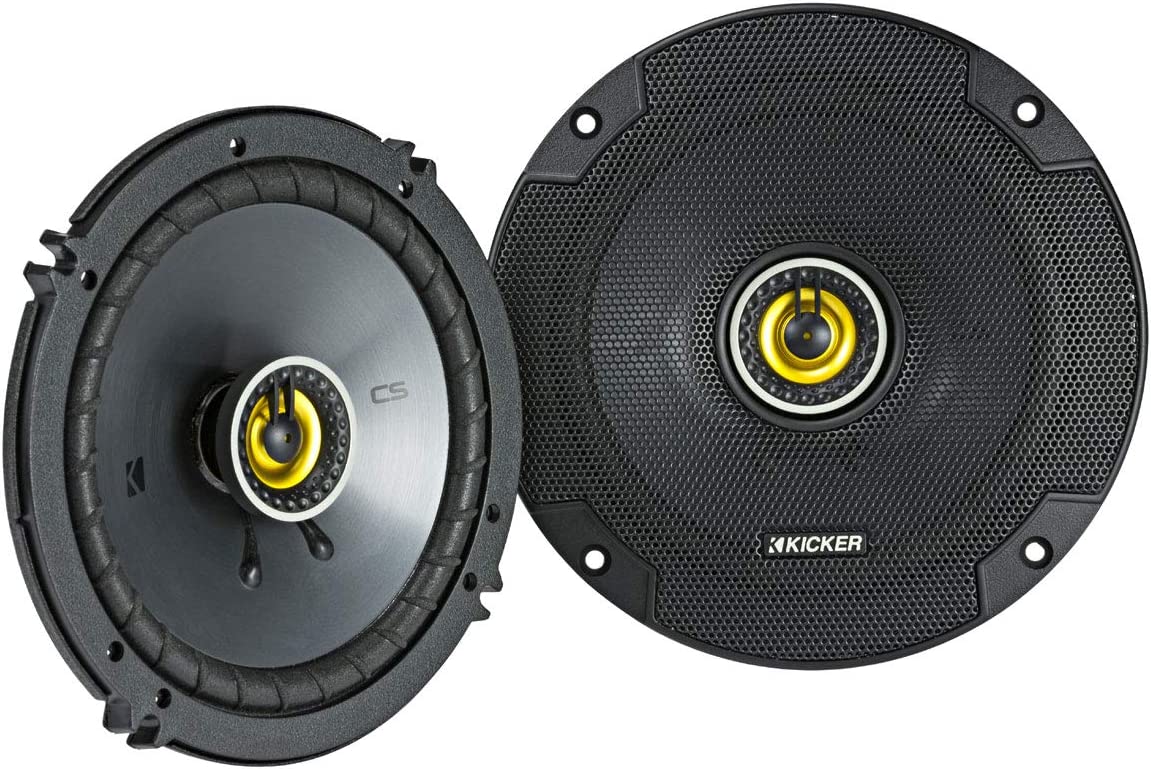Coaxial speaker cables are widely used these days due to the great quality of sound they produce and their simplicity. These cables always guarantee correct digital audio signal transmission. A male RCA jack is typically found on both ends of a coaxial speaker line. They are immune to interference and are capable of delivering lossless audio output. Furthermore, they may power various equipment such as cable/satellite boxes, DVRs, HDTVs, Blu-Ray/DVD players, subwoofer speakers, game consoles, and more.
Speaker cable, also known as a coaxial speaker wire, is a type of electrical cable commonly used to connect speakers to an amplifier or receiver. Coaxial speaker cables have a center conductor that carries the audio signal and an outer conductor that acts as a shield to reduce interference. The outer conductor is typically braided metal or foil, while the center conductor may be made of copper, silver, or other metal alloys.
Coaxial speaker cables can transmit audio signals with low signal loss and minimal noise, making them a popular choice for high-quality sound systems. They are also relatively easy to install, as they typically have connectors at either end that plug directly into the speaker and the amplifier or receiver.
Here Are The Top 7 Best Coaxial Speaker
Fear Not, If You Use Coaxial Speaker Cable The Right Way!

Coaxial speaker cable typically has a cylindrical shape. It can range in size from relatively small and flexible cables for portable speakers to larger and more rigid cables for high-power speakers in a home theater system. The outer conductor is typically a braided metal shield covering the center conductor and reducing interference. The center conductor is a single wire or a group of smaller wires that carry the audio signal. Some coaxial speaker cables may also have an insulating layer between the center conductor and the outer shield.
The connectors at either end of a coaxial speaker cable are typically color-coded. They may be banana plugs, spade lugs, or other connectors designed to plug into the speaker, amplifier, or receiver. Some coaxial speaker cables may also have a jacket or casing that provides additional protection and insulation.
Furthermore, coaxial speaker cables are designed to be as unobtrusive as possible and blend in with the surrounding environment so that they do not detract from the overall appearance of the audio.
Proof That Coaxial Speaker Cable Really Works
- Home theater systems: Coaxial speaker cables are commonly used to connect speakers to an AV receiver in a home theater system, allowing for high-quality audio playback during movies and music.
- Professional sound systems: Coaxial speaker cables are also used in professional sound systems, such as concert venues, conference centers, and other public spaces.
- Portable speakers: Some portable speakers, such as boom boxes and powered speakers, may use coaxial speaker cables to connect to an audio source, such as a smartphone or MP3 player.
- Car audio systems: Coaxial speaker cables may be used in car audio systems to connect speakers to an amplifier or head unit.
- Studio recording: Coaxial speaker cables may be used in recording studios to connect studio monitors and other speakers to an audio interface or mixer.
The Secret Of Coaxial Speaker Cable
There are several advantages to using coaxial speaker cables, including:
- Low signal loss: Coaxial speaker cables are designed to reduce signal loss and maintain the audio signal’s integrity. This results in a clearer and more accurate reproduction of the audio.
- Low noise and interference: The braided outer conductor in coaxial speaker cables acts as a shield, reducing the amount of noise and interference that can affect the audio signal.
- Easy Avoid: The Top 10 Mistakes Made By Beginning COAXIAL SPEAKER CABLE to install: Coaxial speaker cables are relatively easy to install, as they typically have connectors at either end that plug directly into the speaker and the amplifier or receiver.
- Durability: Coaxial speaker cables are typically made with high-quality materials designed to be durable and long lasting, making them a good investment for your audio system.
- Versatility: Coaxial speaker cables can be used in a wide range of audio applications, including home theater systems, professional sound systems, portable speakers, car audio systems, and studio recording.
Coaxial speaker cables offer a convenient and effective solution for transmitting high-quality audio signals, making them popular among audio enthusiasts and professionals.
Avoid The Top 5 Disadvantages Of Coaxial Speaker Cable
While coaxial speaker cables have many advantages, there are also some disadvantages to consider, including:
- Cost: Coaxial speaker cables can be more expensive than other cables, especially for higher-quality cables.
- Rigidity: Some coaxial speaker cables can be relatively rigid and difficult to bend or maneuver, making them challenging to route through tight spaces.
- Connector compatibility: Coaxial speaker cables may require specific types of connectors at either end, which may not be compatible with all speakers or amplifiers.
- Limited flexibility: Coaxial speaker cables can be limited in terms of the lengths and configurations available, which may only meet the needs of some audio systems.
- Limited upgradability: Once you have installed coaxial speaker cables, they are not easily upgradable, as you may need to replace the entire cable rather than simply upgrading a component.
Although coaxial speaker cables offer many advantages, weighing the disadvantages and considering your specific needs and budget when deciding whether to use them in your audio system is important.
Secrets To Getting Coaxial Speaker Cable To Complete Tasks Quickly And Efficiently
When choosing a coaxial speaker cable, there are several factors to consider, including the following:
- Gauge: The gauge of the cable refers to the thickness of the conductors. Thicker conductors typically result in lower resistance, better performance, and a bulkier and more rigid cable. For most speaker applications, a gauge of 16 to 12 is suitable.
- Shielding: The cable’s shielding refers to the outer conductor that helps reduce interference. Look for cables with a braided shield, as this provides better protection from noise and interference than a simple foil shield.
- Quality of connectors: The quality of the connectors at either end of the cable is important, as this affects the connection between the cable and the speaker or amplifier. Look for well-made connectors that fit securely, as this will help ensure a stable connection.
- Length: The cable length will depend on the distance between the speaker and the amplifier. When choosing a cable, ensure it is long enough to reach your desired location but not so long that it becomes unwieldy or introduces signal loss.
- Capacitance: The cable’s capacitance refers to the cable’s ability to store electrical charge. In general, cables with lower capacitance are better for speaker applications, as they help maintain the audio signal’s integrity.
Conclusion
In conclusion, coaxial speaker cables are a type of cable used for connecting speakers to an audio system. They offer several advantages, including better protection from interference, improved audio quality, and a more stable connection. However, some disadvantages are also to consider, including cost, rigidity, and connector compatibility. When choosing a coaxial speaker cable, it is important to consider factors such as gauge, shielding, quality of connectors, length, and capacitance. Selecting a cable that is well-suited to your specific needs can help ensure that your audio system performs at its best.









